Key takeaways from the World Hydrogen Summit
“We know which technologies governments should back, and it's not fossil-based hydrogen” Thyssenkrupp Nucera CEO Werner Ponikwar, arguing in Rotterdam that the call for technology neutrality implies that all hydrogen technologies are equally viable, even though approaches that rely on fossil resources do not contribute equally to our climate and economic goals. Europe’s decision on low carbon hydrogen was the policy backdrop to the World Hydrogen Summit, an important gathering which provides insights into the state of our sector.
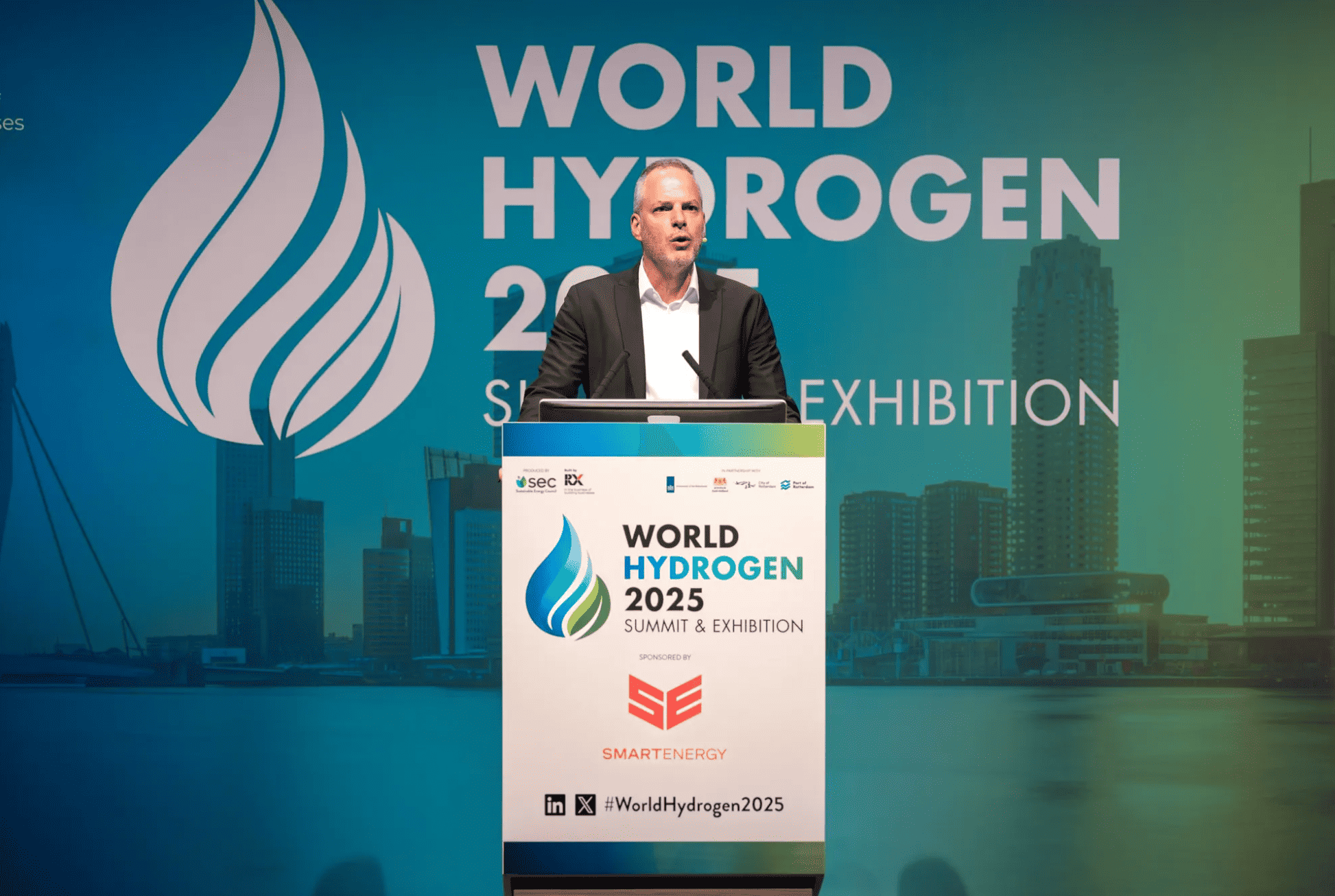
(Photo: Hydrogen Insight, 21 May 2025)
This point was echoed at a session hosted by Argus Media and GH2 on the price of blue hydrogen and ammonia. Pricing agencies tend to base their assumptions on ATR with 95% capture, yet there are no blue hydrogen facilities in operation today which meet this specification.
There was much disquiet in Rotterdam from blue hydrogen advocates that say they will struggle to meet the 70% emissions reduction requirements under the EU’s Low Carbon Hydrogen Delegated Act. As GH2 argued in an opinion piece as the week kicked off, the delegated act is actually still overly generous to blue hydrogen projects and “if a project fails to meet that threshold, simply put, it isn’t low-carbon and shouldn’t be labelled as such.”
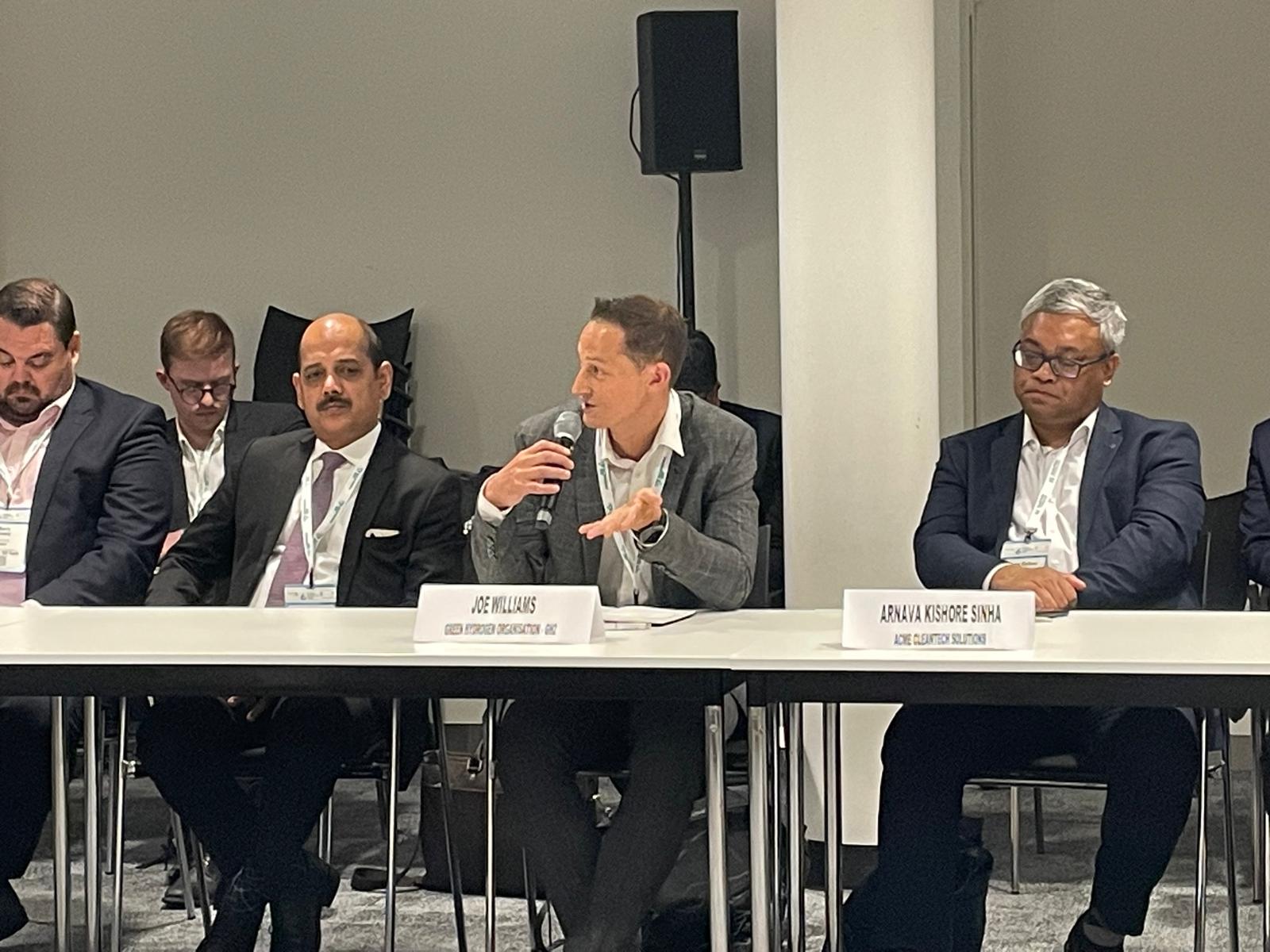
Asia Pacific was there in force
A much larger Chinese presence than in previous years. This is no surprise given how quickly China’s green hydrogen sector is growing: production capacity stood at 125,000 tonnes per year at the end of 2024 which is half of global capacity.
This is set to grow massively. GH2 member Envision Energy’s huge Chifeng project in Inner Mongolia is on course for annual green ammonia production capacity of 300,000 tonnes by the end of September, and has secured Japan’s Marubeni as a customer. This green ammonia is the real deal having recently been certified to have associated emissions of just 0.003kgCO2e/kgNH3 using off grid renewable energy, “cradle to gate carbon footprint, excluding capital goods from system boundaries”.
China’s supply chain was also there in force, keen to sell valves, compressors, electrolysers and rectifiers (which switch alternating current into direct current for electrolysis).
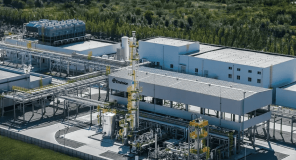
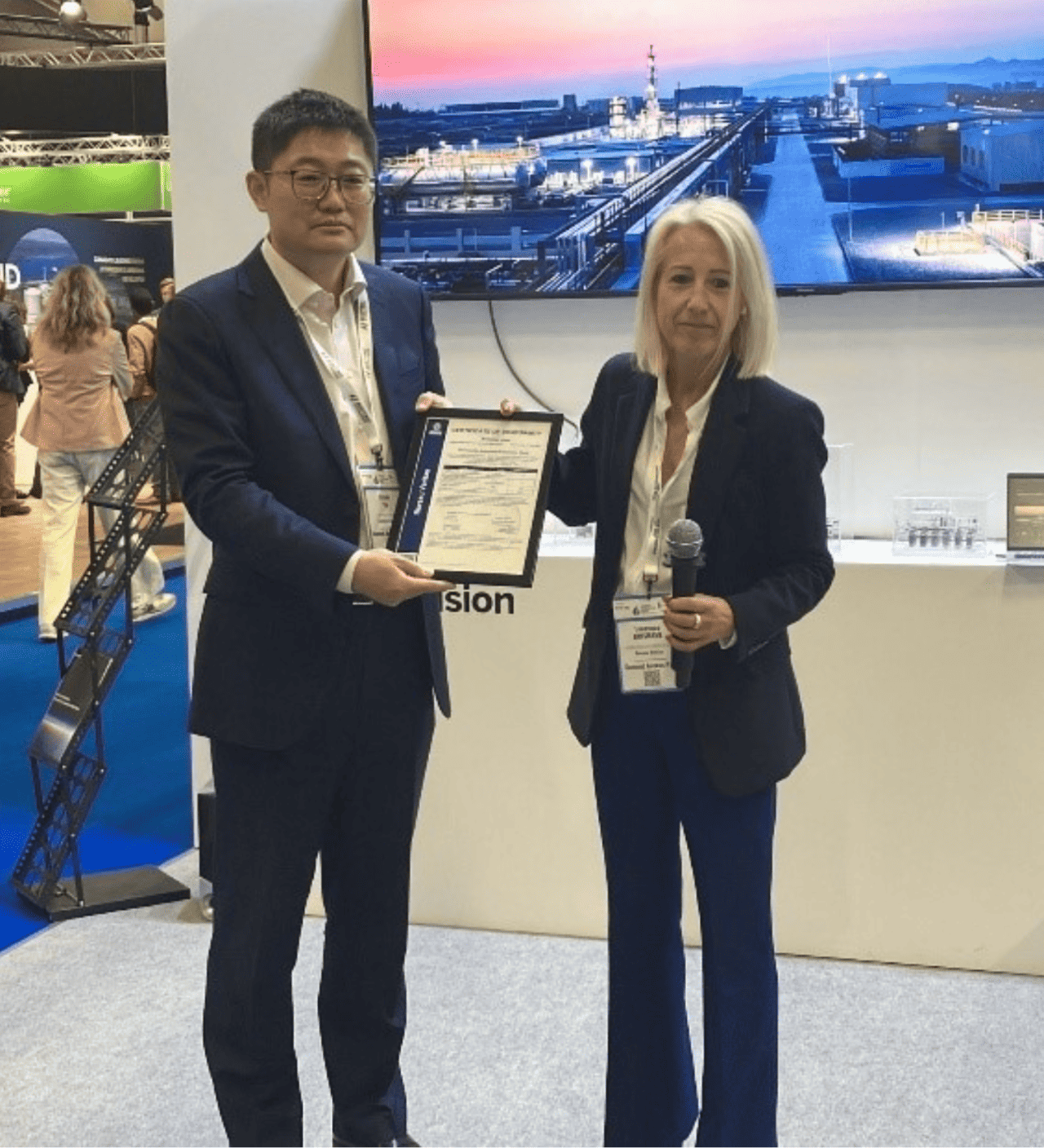
As with last year, India was there in force with the largest pavilion and a whole side program for its delegation led by Secretary Santosh Kumar Sarangi of India’s Ministry of New and Renewable Energy (MNRE) who said of India’s 2023 Green Hydrogen Mission: “This is no longer an option. It’s a compulsion for all of us to decarbonise the world for future generations.” Huge kudos to our partners at GH2 India who supported the India delegation including GH2 members, ACME, AM Green and ReNew.
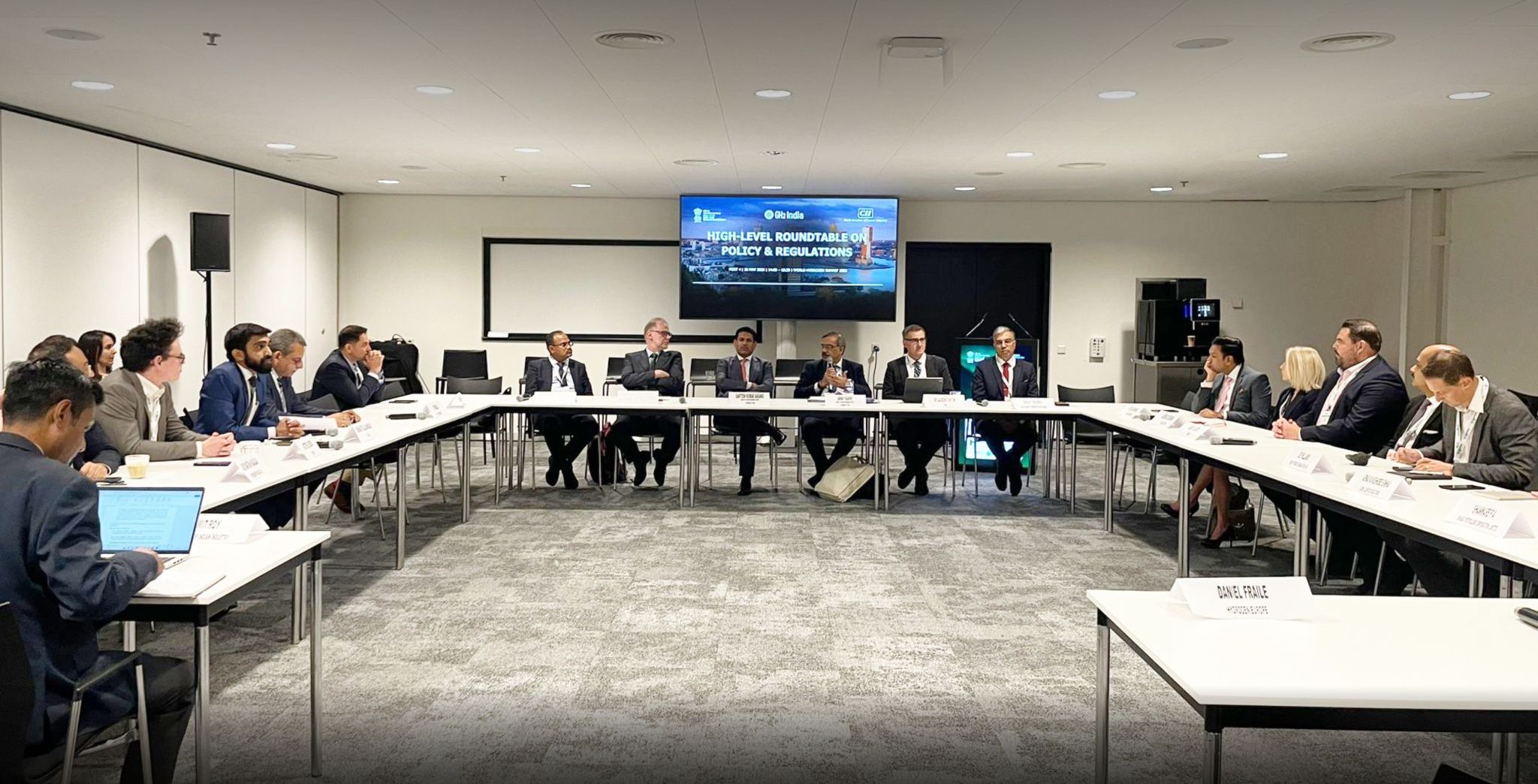
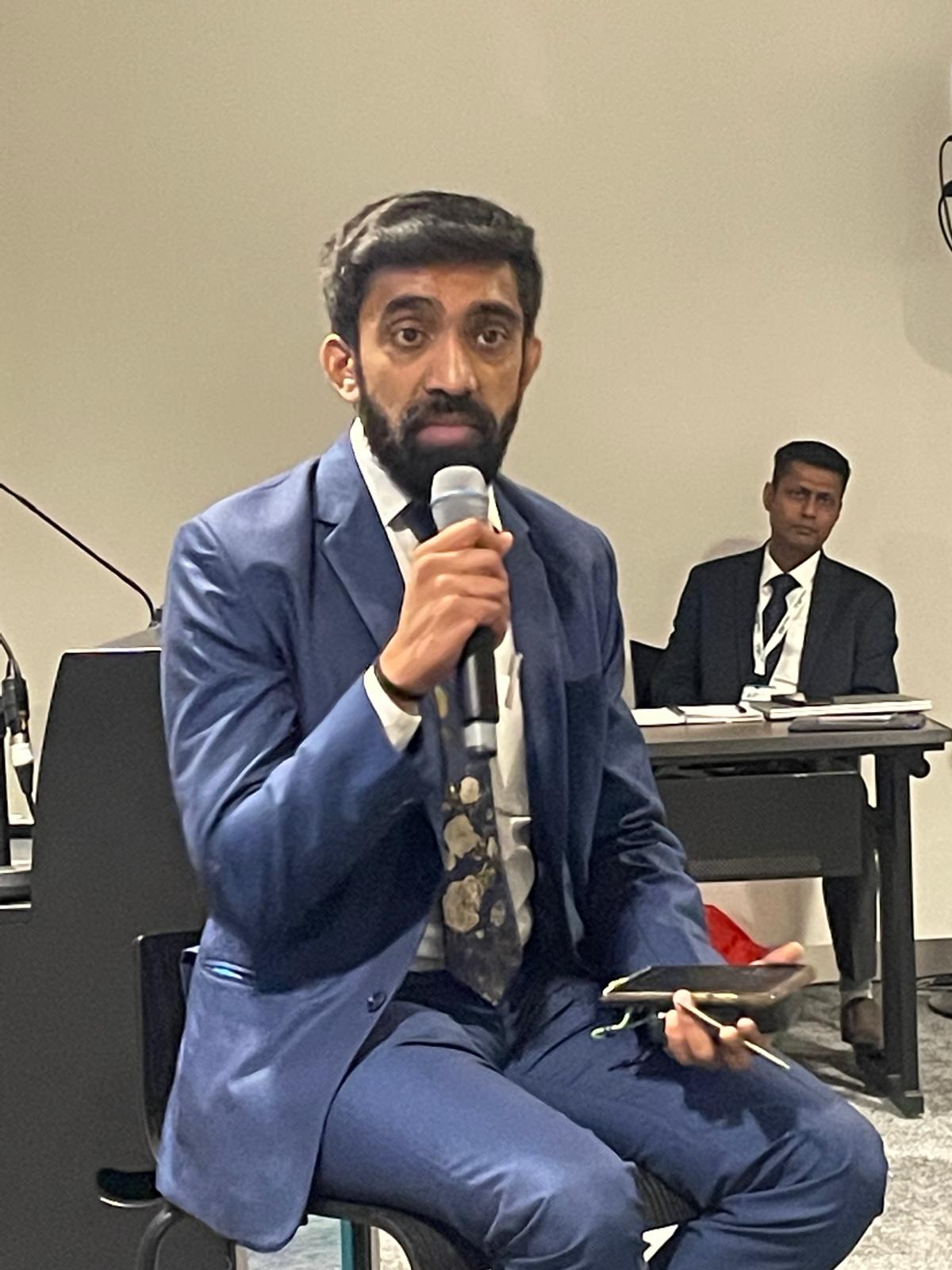
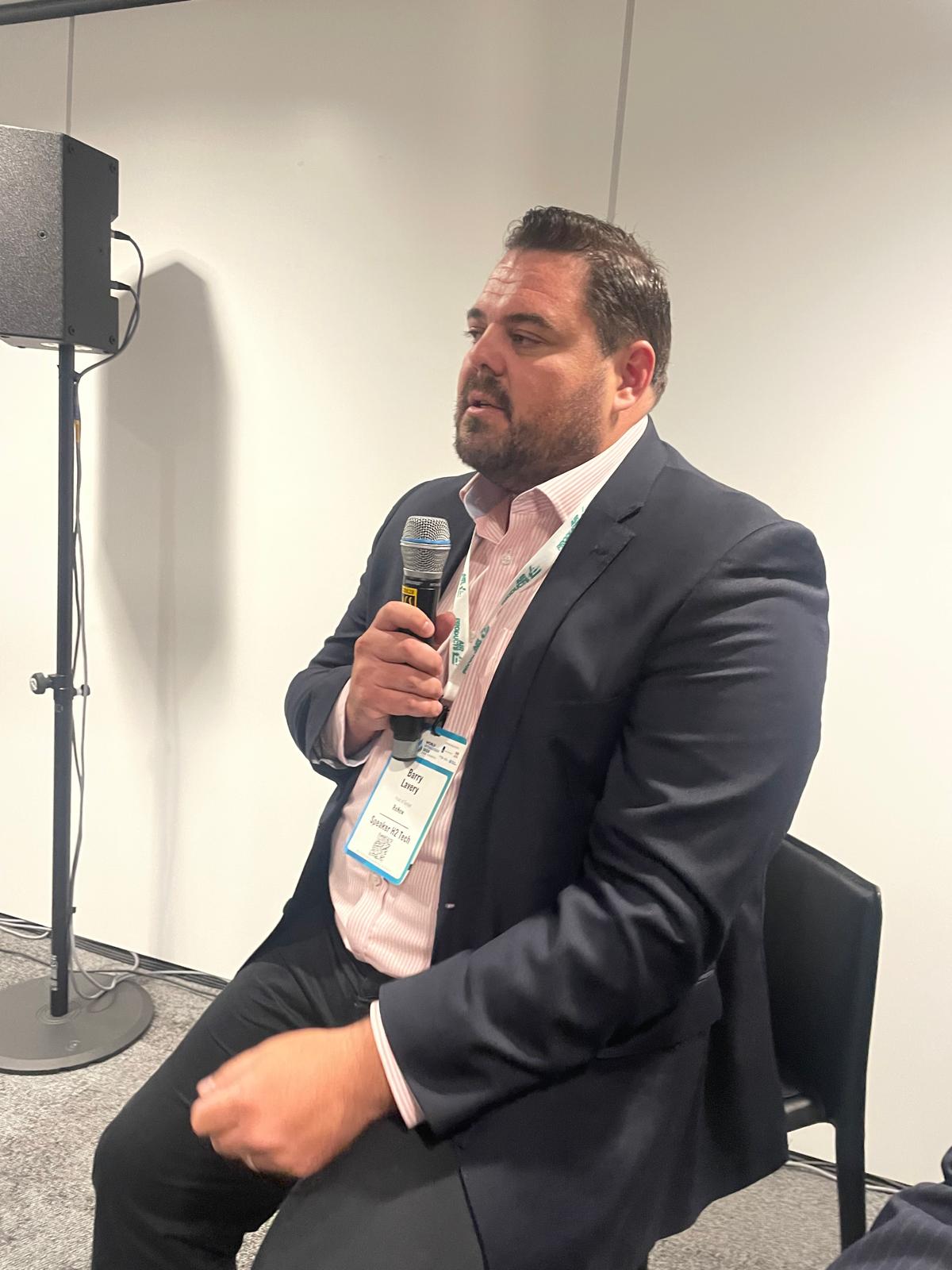
Fortescue’s Green Pioneer docks in a real hydrogen heartland
Hot on the heels of the International Maritime Organization's momentous agreement to set binding emissions reduction from ships as we move to green hydrogen fuels, Fortescue’s Green Pioneer showcased to the hydrogen community that green ammonia can power vessels today. Fortescue welcomed many summit participants on board during the week, including last night where Western Australia’s Minister for Energy and Decarbonisation Amber-Jade Sanderson talked of the huge green iron and steel opportunity the country must seize. Success will depend on careful collaboration with partners in the region including China, Japan and South Korea.
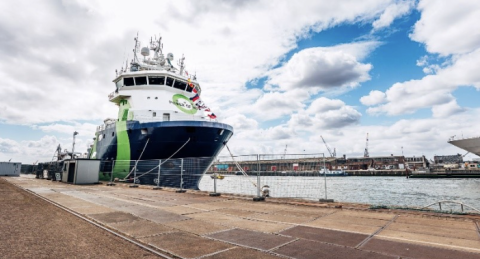
Karim Shahin, Prime Minister’s Office, Egypt, Joe Bettles, The Mærsk Mc-Kinney Møller Center for Zero Carbon Shipping joins Jonas Moberg on Fortescue’s Green Pioneer.
US largely absent
The United States was largely absent policy-wise in a week when the US House of Representatives voted to scrap the 45V clean hydrogen production tax credit (will the Senate take action before it becomes law? Unlikely but let’s hope so). Well done to companies like Air Products, Electric Hydrogen and Plug Power for turning up in Rotterdam whether they benefit from subsidies or not.
Africa
It is clear there is still much to do to support Africa in getting it’s green hydrogen sector off the ground. Namibia is progressing its plans thanks to key partnerships with the German government and recent success such as the first green hydrogen to be produced in sub-Saharan Africa at HyIron’s Oshivela project which is set to produce green iron in its next phase with a customer already in place. The sector will only succeed on the continent if the pitfalls from oil and mining extraction are not repeated when it comes to the environmental and social impact including local jobs. The Dutch government brought together many countries in the region to discuss these issues which was a real highlight of the summit.
There is no denying that the optimistic plans in north Africa have slowed, with a much smaller turnout in Rotterdam from those countries than previous years. But the opportunity is still there for the taking. GH2 and our partners at Egypt’s Nile University are doing our bit to support financing, infrastructure and legislation in the region through the recently launched International Green Hydrogen Center of Excellence in Cairo.
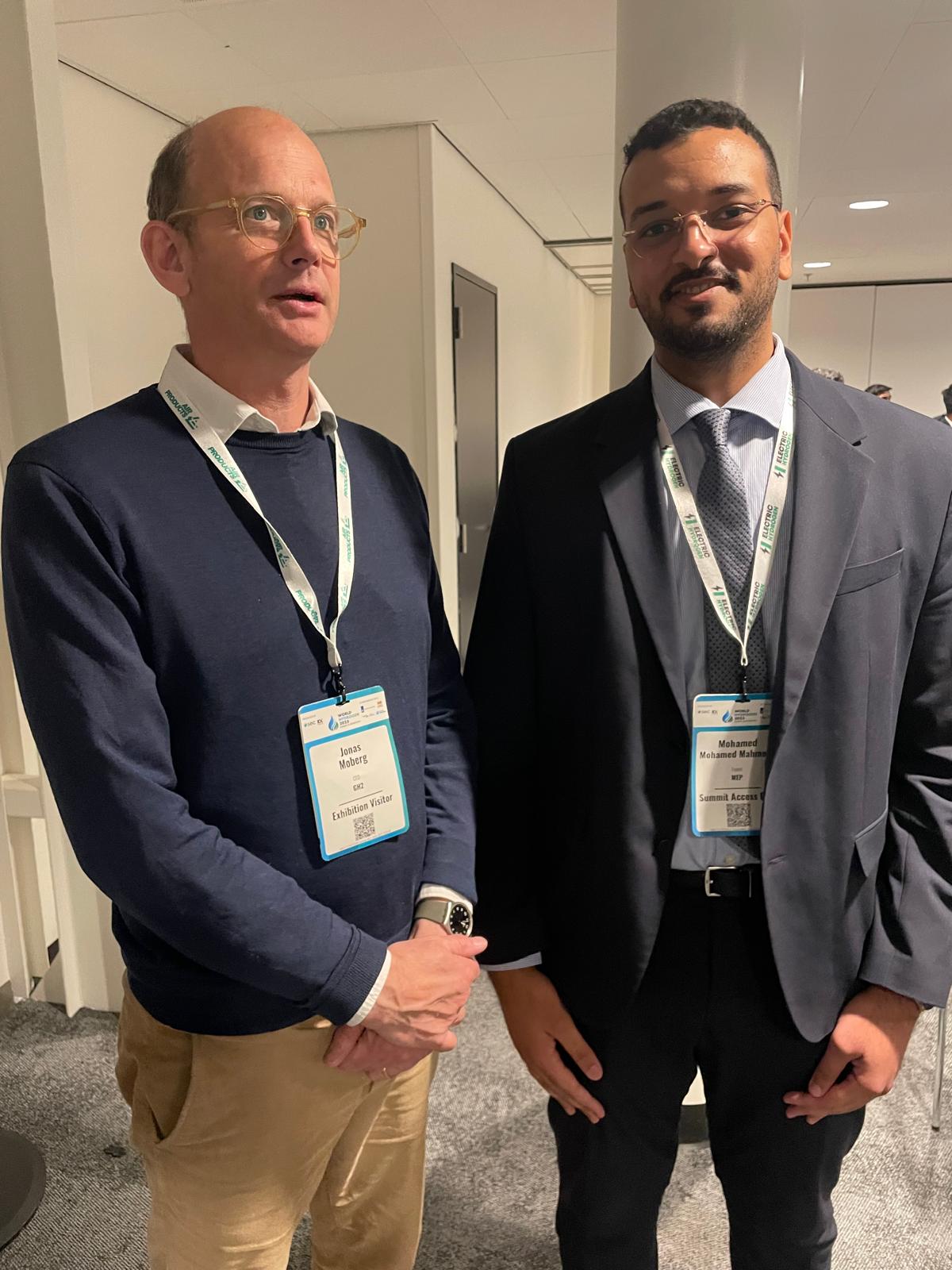
Jonas Moberg (CEO) & Joe Williams (Deputy CEO),
GH2